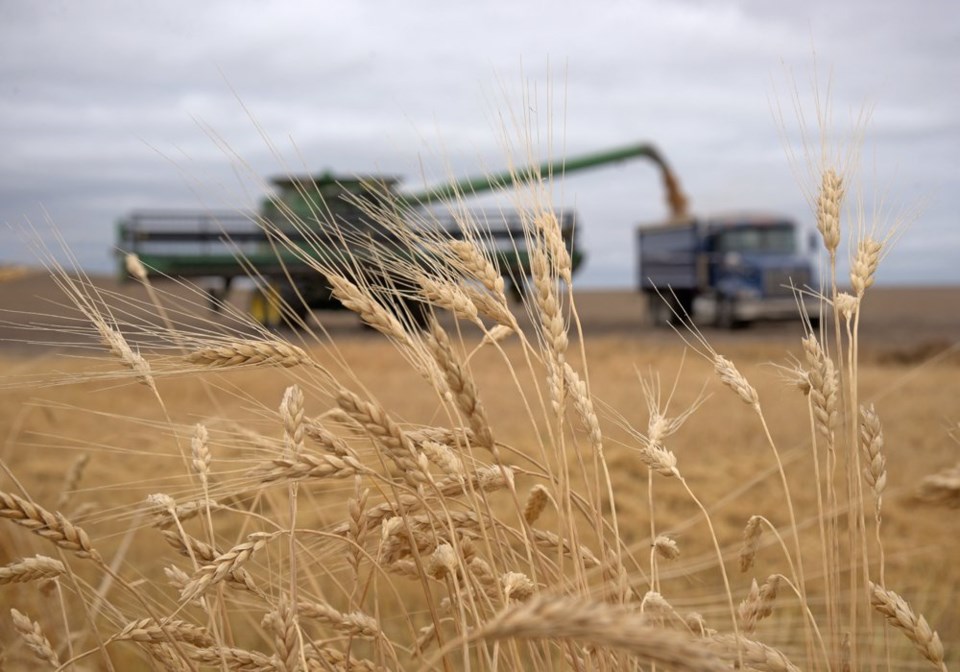HUMBOLDT - Producers have finished their harvest operations, and overall, they report it was a very good year. Early season moisture allowed crops a good start to growth, and timely rains allowed them to properly fill their pods and heads with seed resulting in an increased yield potential. The harvest season was very dry, with producers able to make quick work of their crop as they are now focusing on other field work until the ground freezes.
Crop yields have greatly improved this year compared to 2021 with all crops estimated to yield above average. Of course, yields do vary within the region, and those who did not get the moisture needed throughout the growing season saw more disappointing yields but still much better than 2021. Crop quality also improved this year with crops generally landing in the top two grades, there were slight downgrading issues due to ergot in cereals or bleached kernels.
The northwest region saw more average rainfall this year, but many parts of the region have become very dry. Heading into winter, cropland topsoil moisture is rated as 13 per cent adequate, 32 per cent short and 55 per cent very short. Hay and pasture land topsoil moisture is rated as ten per cent adequate, 37 per cent short and 53 per cent very short.
Higher amounts of precipitation allowed for an improved hay crop for many producers in the region, the increased rainfall also allowed for longer grazing periods on pastures and less pressure to supplement feed. Average hay yields on dry land are reported (in tons per acre) as: alfalfa 1.4; alfalfa/brome 1.5; other tame hay 1; wild hay 1.2 and greenfeed 2. At this time, most livestock producers have indicated that they will have adequate to surplus supplies of hay, straw, greenfeed and feed grain heading into winter.
Crop reporters have indicated that the number of acres seeded to winter wheat and fall rye is estimated to have declined by 20 per cent and 32 per cent respectively due to the increasingly dry soil conditions.
Farmers are busy harrowing, applying fertilizer, hauling bales, fixing fences and moving cattle home.




